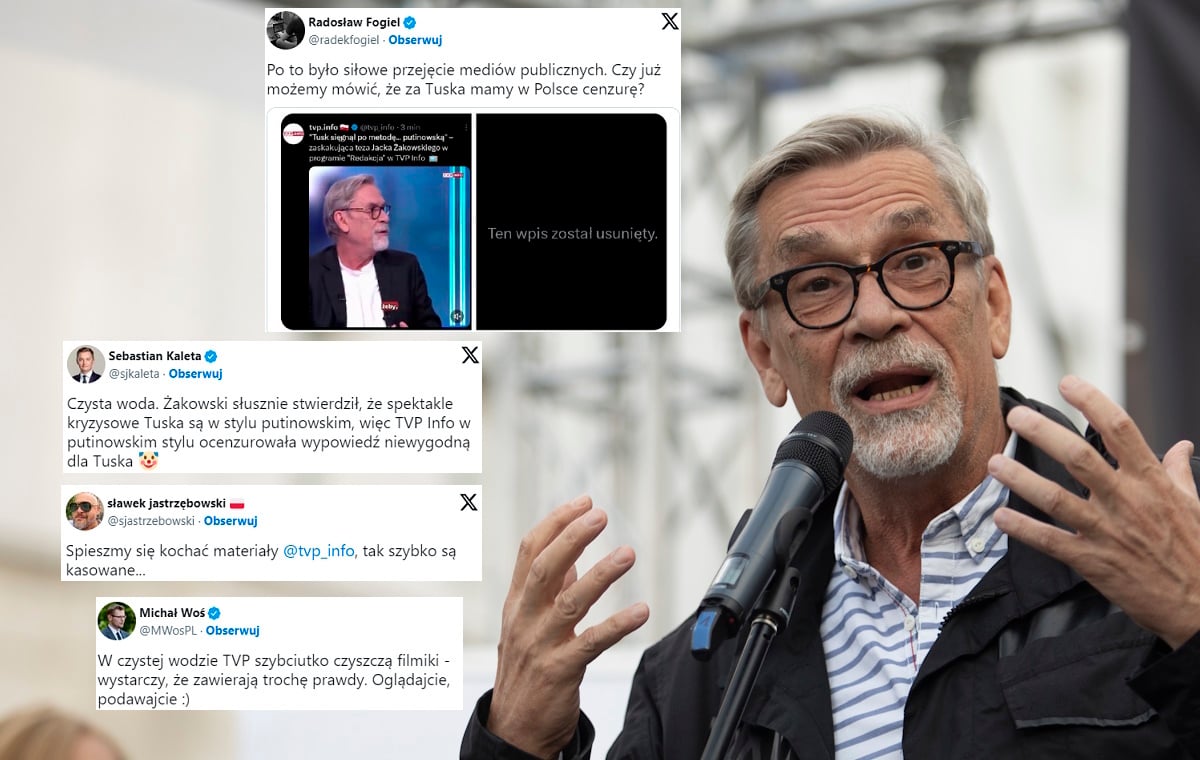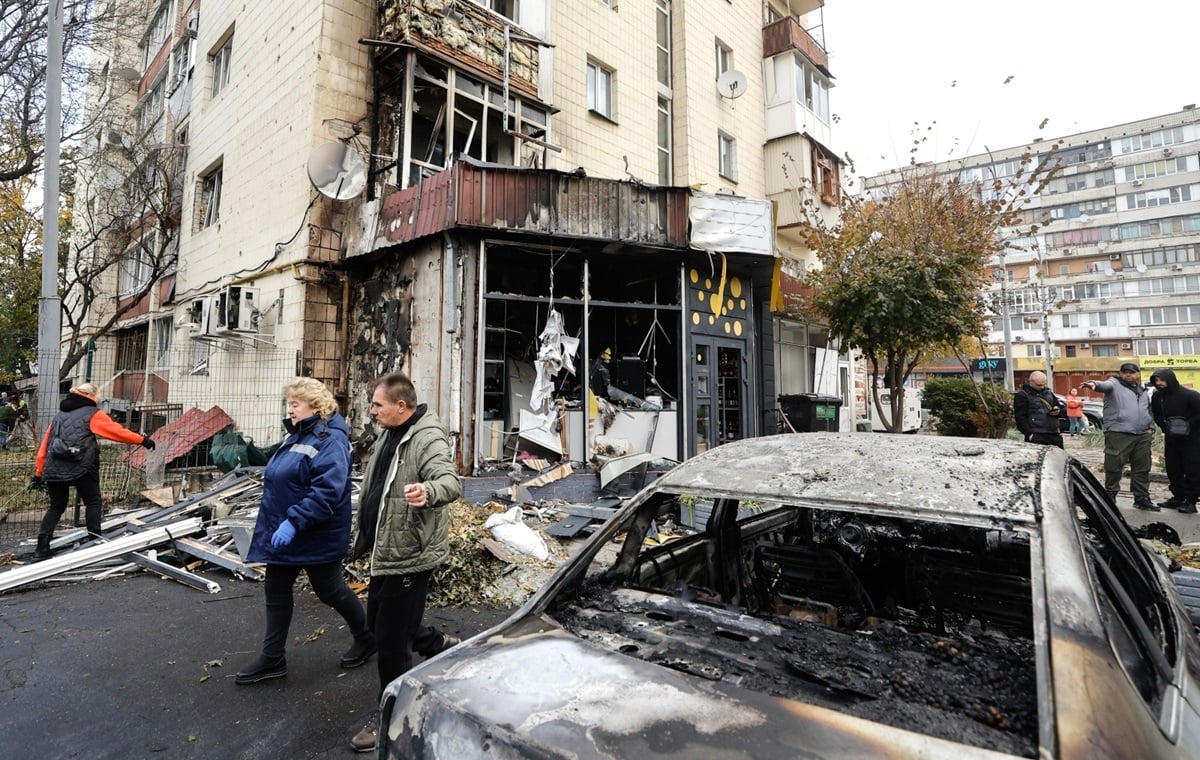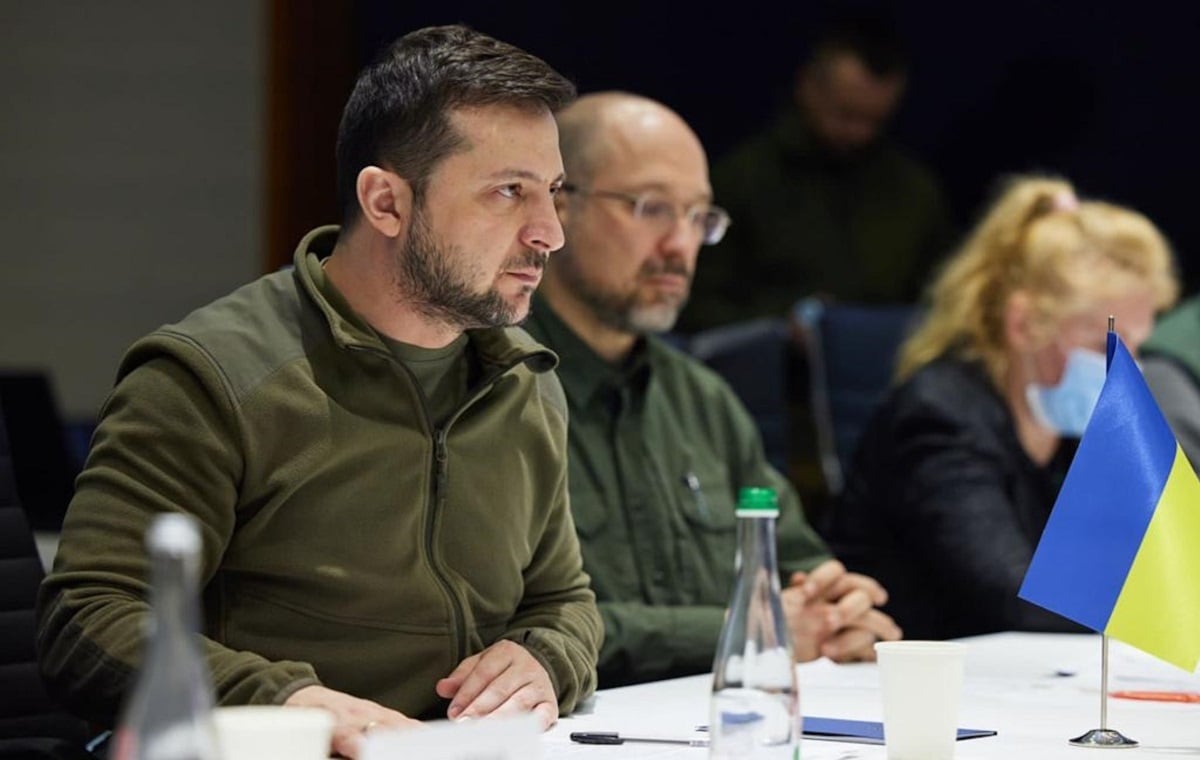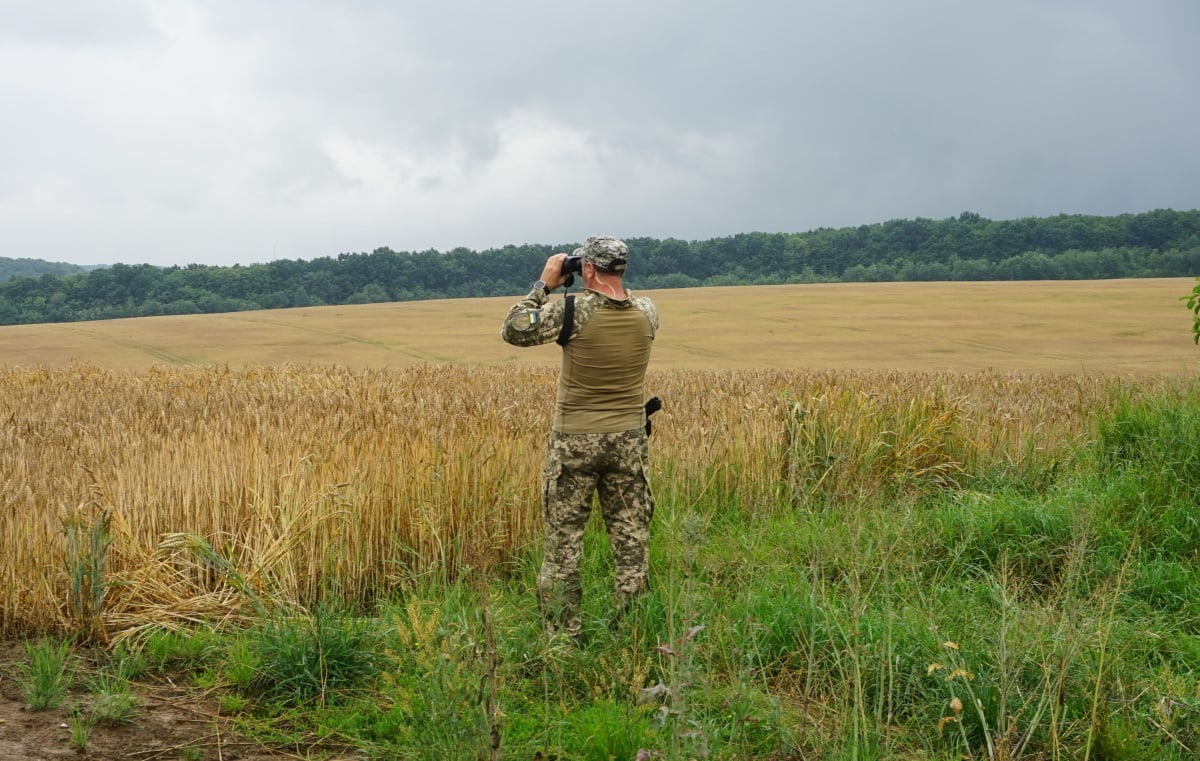On 4 April 2023, Narodowy Bank Polski issued a silver coin with a face value of PLN 10 – “Stanisław Wojciechowski”, to commemorate the President of the Republic of Poland in 1922-1926.
Stanisław Wojciechowski, born in 1869 in Kalisz, joined the Polish Youth clandestine Association “Zet” founded by the Polish League in exile during his studies at the Imperial University of Warsaw. Until 1905, he was engaged in underground activities, in 1919 he became Minister of the Interior, and in 1922 President of the Republic of Poland.
Silver collector coin
The reverse of the coin features: an image of Stanisław Wojciechowski with a facsimile of his signature, dates of birth and death, the Order of the White Eagle he was awarded, and a quote from his proclamation as president of 12 May 1926. The obverse features a historical image of the Belvedere building.
Photo: Reverse of the “Stanisław Wojciechowski” coin.
Conspiracy activity
Since 1890, Wojciechowski has been a member of the Centralization – the main authority of the Polish Youth Association “Zetu”. At the same time, he also became a member of the Trade Union. In 1892 he was forced to emigrate. However, he did not give up his underground activities – he co-founded the Union of Polish Socialist Foreigners and the Polish Socialist Party, and as state envoy, he founded the underground PPS and co-edited 25 issues of “Robotnik”.
During the 1905 revolution, he resigned from the “youth”-led party which removed the postulate of the struggle for independence from the program, and withdrew from underground activities.
— wrote historian Jan Żaryn in a folder devoted to coinage.
Collaboration with Władysław Grabski
In 1906, he settled in Warsaw, where he co-founded the cooperative movement and led the founding of the Warsaw Food Association (he became its director from 1911-1915).
In 1914, after the outbreak of war, he became a member of the Central Citizens’ Committee of the city of Warsaw and the Polish National Committee, and after moving east in 1915 – the Central Citizens’ Committee of the Kingdom of Poland in Russia. There he worked closely with the Prime Minister and his friend Władysław Grabski of the secretive National League, providing aid to refugees.
– recalls Jan Zaryn.
After the outbreak of the February Revolution in Russia, he headed the Polish Inter-Party Union Council, which was dominated by national democrats.
added the historian.
Photo: Obverse of the “Stanisław Wojciechowski” coin.
The road to the Belvedere
From January 1919, he sat in the office of Ignacy J. Paderewski (later Leopold Skulski) as Minister of the Interior.
In 1921, he joined the PSL “Piast” and on behalf of this party was elected in the presidential election after the death of Gabriel Narutowicz. As president in 1922-1926, he had to quell various political and party conflicts. He proved decisive when on May 12, 1926, at the Poniatowski Bridge in Warsaw, he stood face to face with Piłsudski and the officers accompanying him.
– wrote Jan Zaryn.
Historians also remember the words that Wojciechowski is said to have spoken then: “I am the honor guard of the Polish Army, I represent Poland here.”
Facing prolonged fighting in the capital, he resigned. During the Sanation government, he again became active in the cooperative movement and gave lectures at the Warsaw University of Life Sciences and the Warsaw School of Economics.
World War II period
During World War II, Stanisław Wojciechowski lived in Warsaw. In 1941, his son died in KL Auschwitz, sent there along with another Polish lawyer who refused to allow the occupants to cross his Jewish colleague off the list of lawyers. Historian Jan Żaryn recalls that after his son’s arrest, the Germans offered Wojciechowski to sign a declaration of allegiance to the Third Reich. Wojciechowski refused.
After the fall of Warsaw, Wojciechowski was sent to a camp in Pruszków, and after the war he settled with the Grabski family in Gołąbki near the capital. He died there on April 9, 1953. He is buried in Powązki Cemetery.
Collector notes and coins issued by the NBP
NBP collector notes and coins are issued with the intention of remembering heroes and prominent figures and commemorating important historical events. Collector coins are made of gold and silver, besides this they can be made more attractive by adding decorative elements, for example made of amber, glass, ribbed stone or ceramic, or by using additional techniques – pad printing, UV printing, selective plating or laser matting .
Narodowy Bank Polski invites interested collectors and numismatists to purchase collector’s items, the sixteen NBP Regional Branches located in the city of the voivodeship and to the NBP online store: collectors.nbp.pl.
NBP issuance plan
In the following months of 2023, numismatists and collectors can enrich their collections, e.g. collector’s coins from the “Polish Thermopylae” or “Treasures of Stanisław August” series. The issuance of two collector coins is planned for April 12 – a gold coin with a face value of PLN 200 and a silver coin with a face value of PLN 10 – commemorating “80. Commemoration of the Warsaw Ghetto Uprising. In May, a new series of coins will be launched – “I believe in Poland” .
Detailed information on the planned issue of collector coins and banknotes for 2023, dates and denominations can be found on the website of the National Bank of Poland at Plans for the issuance of collector’s items and commemorative coins for 2023.
Detailed information about the new NBP collector coin
Collector’s coin “Stanisław Wojciechowski”
face value: PLN 10
metal: Ag 925/1000
stamp: mirror
dia: 32.00mm
weight: 14.14g
edge (side): smooth
printing: up to 10,000 pcs.
Designer: Dominika Karpińska-Kopiec
Publisher: NBP
The coin is produced by Mennica Polska SA on behalf of NBP

“Reader. Future teen idol. Falls down a lot. Amateur communicator. Incurable student.”

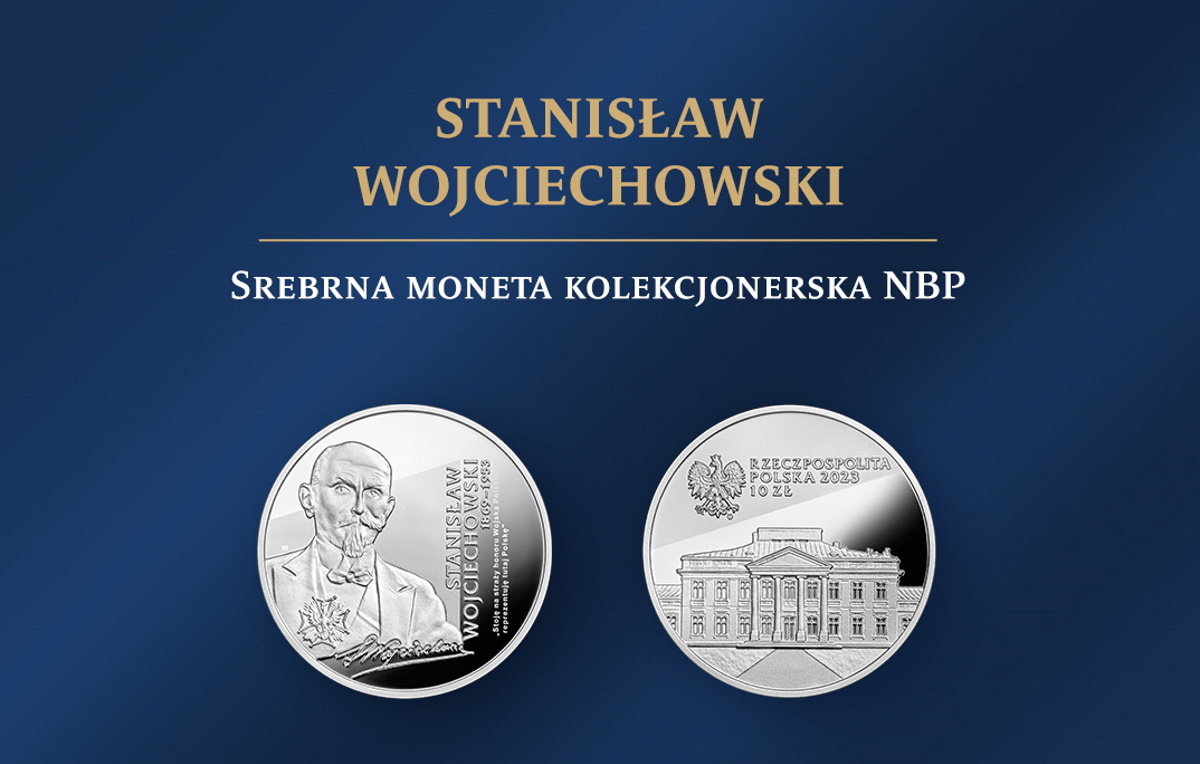
![Bogusław Wołoszański: “Achieving nuclear weapons would be the beginning of World War III” [WYWIAD]](https://storage.googleapis.com/bieszczady/rzeszow24/articles/image/877236c0-66fd-457a-9eb4-41792f9077ff)
